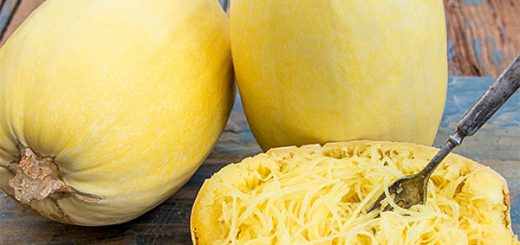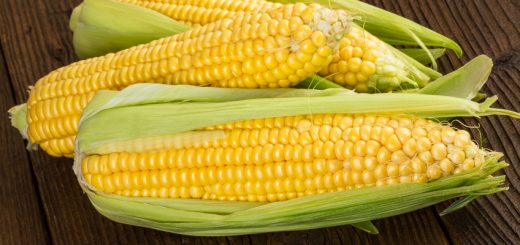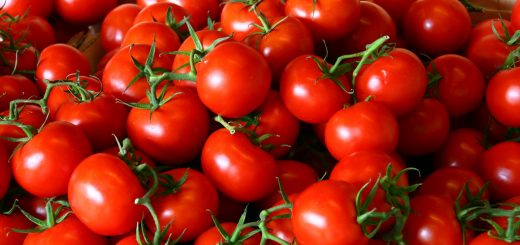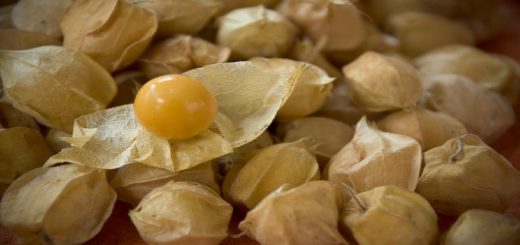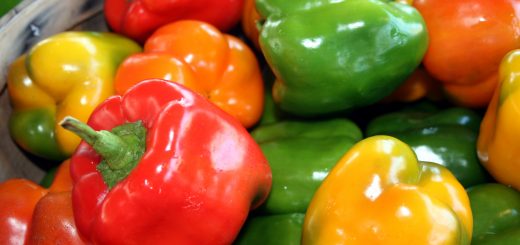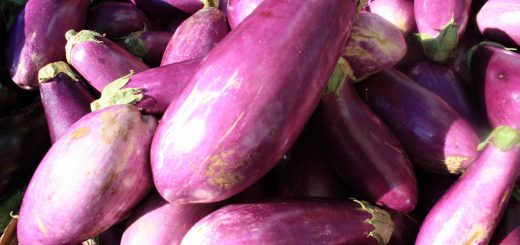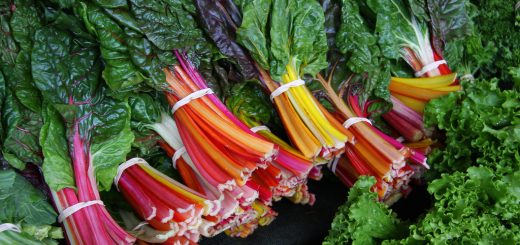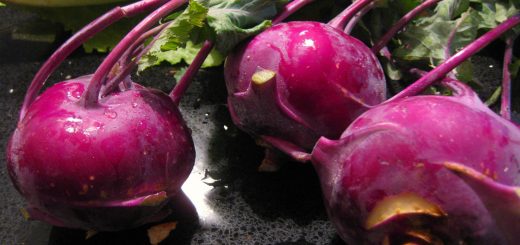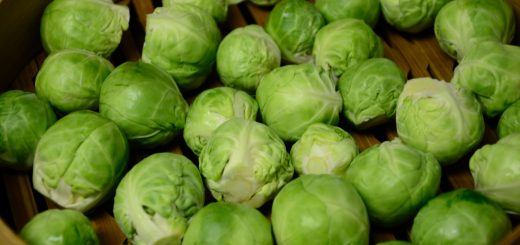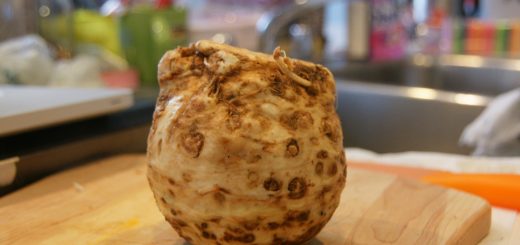Swiss chard, along with kale, mustard greens, and collard greens, is one of several leafy, green vegetables often referred to as “greens.” It belongs to the same family as beets and spinach and shares a similar taste profile. Chard is a tall, leafy vegetable with a thick, crunchy stalk (akin to celery but less stringy) that comes in white, red, or yellow, with wide, fan-like, ruffled leaves that are similar to spinach but chewier. Regardless of the stalks’ color, they have similar flavors and cooking properties, although the white stalks are most tender. Very tender leaves can be added directly to green salads. (more…)
